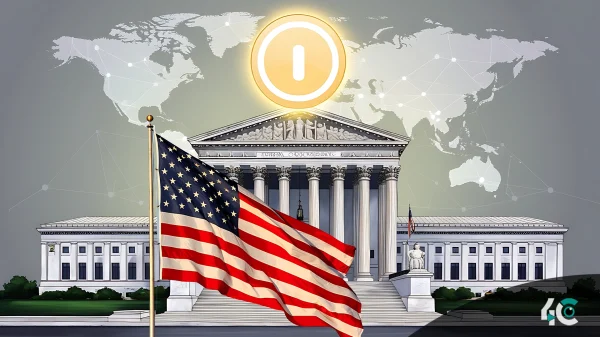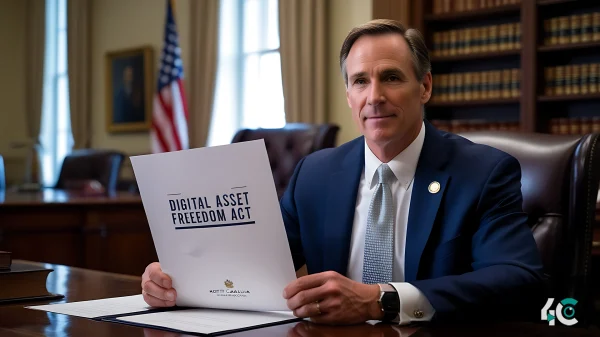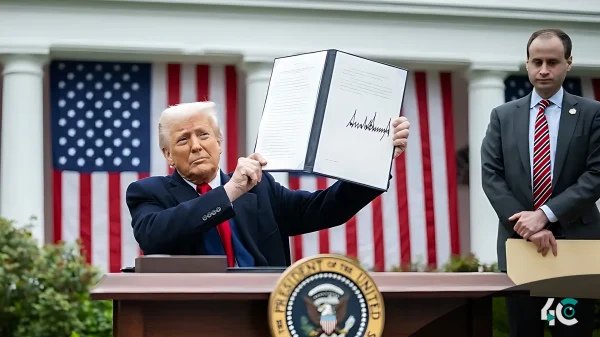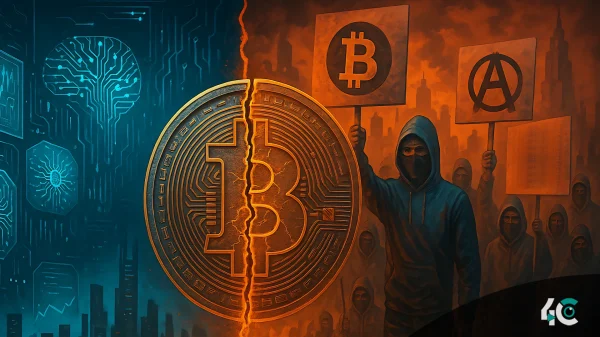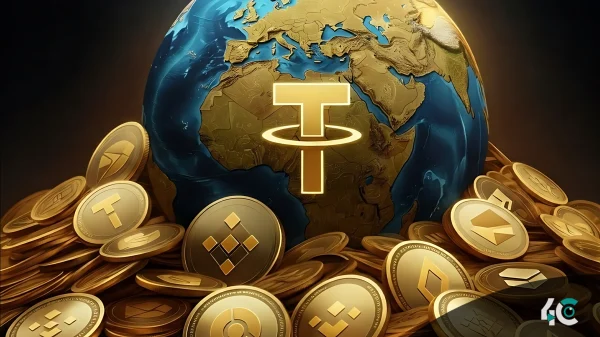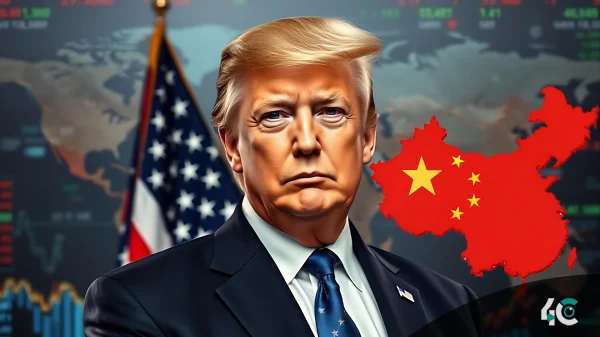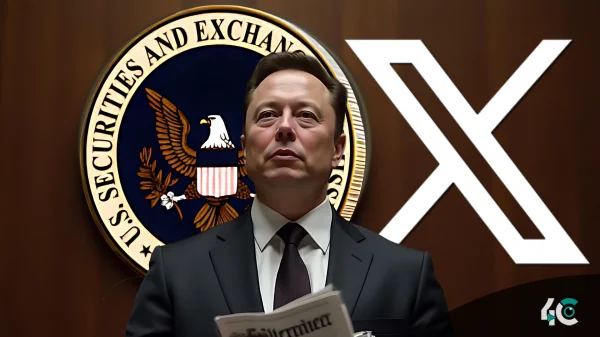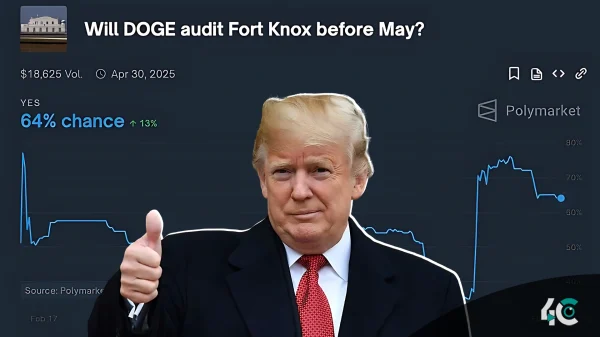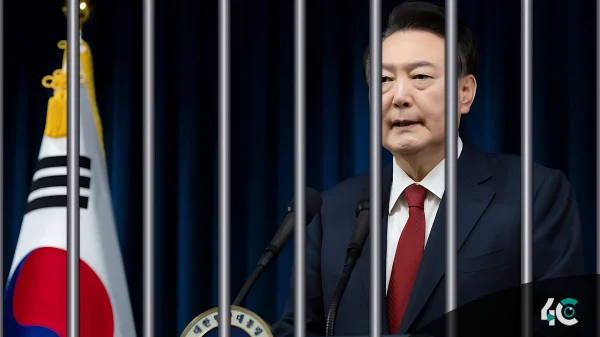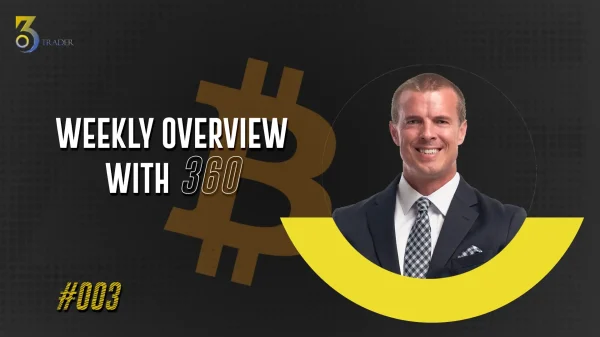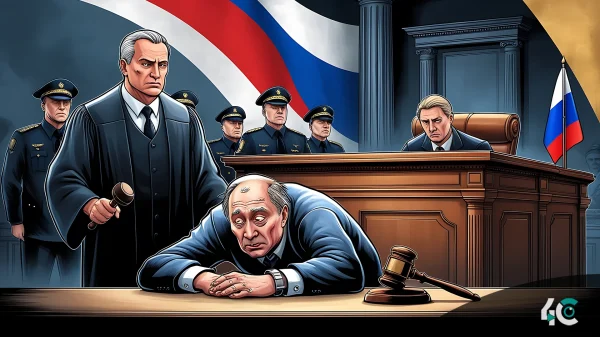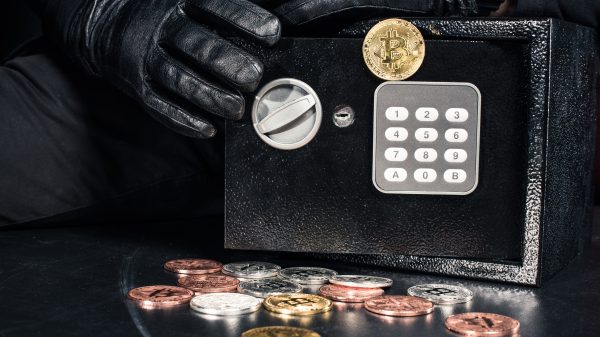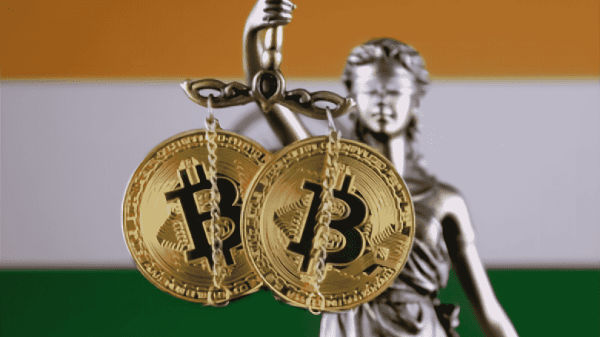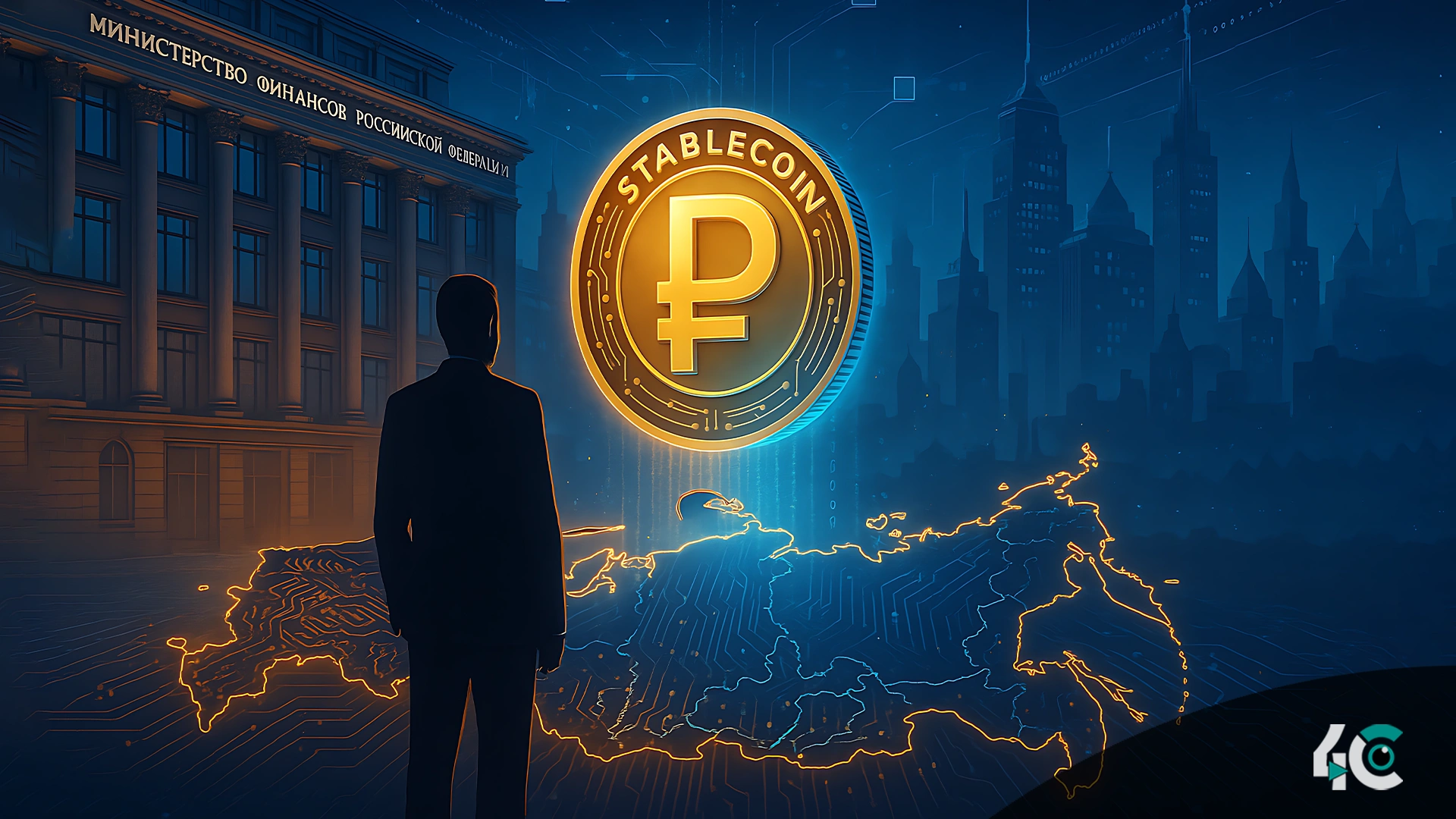The Russian stablecoin sanctions strategy is gaining momentum as Moscow considers developing a national stablecoin to mitigate the impact of Western sanctions. This initiative follows Tether’s recent freeze of approximately $30 million in USDT linked to Russian wallets, highlighting the vulnerabilities of relying on foreign stablecoins. Osman Kabaloev, Deputy Director at the Russian Finance Ministry, emphasized the need for domestically issued stablecoins, potentially pegged to non-dollar assets, to ensure financial sovereignty and facilitate international trade. This move aligns with Russia’s broader efforts to reduce dependence on Western financial systems and explore alternative payment mechanisms.
Russia explores the development of a national stablecoin.
The deputy director of the financial policy department of the Finance Ministry, Osman Kabaloev, suggested creating a national stablecoin in response to incidents of freezing digital wallets connected to sanctioned Russian people. The measure seeks to shield Russia from future disruptions of foreign-controlled cryptocurrencies while enhancing its scope for foreign trade.
The decision comes shortly after Tether, a major stablecoin issuer, froze some $27–30 million worth of USDT linked to Russian crypto exchange Garantex, which is subject to international sanctions. The coordinated effort with U.S. and European authorities led to Garantex being forced to shut down, which raised concerns in Russia over relying on foreign stablecoins.
According to Kabaloev, Russia should develop a digital asset similar to USDT, backed by the ruble or yuan, to facilitate safe and reliable transactions between Russia and foreign countries. Stablecoins have become very useful instruments in cross-border trade, especially because of the growing sanctions from the West.
Challenges Posed by Foreign Stablecoins.
Garantex’s asset freezes show the vulnerabilities of foreign-controlled stablecoins. Garantex was sanctioned in 2022 for money laundering. After the freeze, it reappeared under a different name, as per reports. As per law enforcement, the exchange processed billions in dirty trades before its platforms were taken down.
Russia is reportedly worried about not having the freedom to use stablecoins for international trade after this incident. By making its own stablecoin, Russia doesn’t have to worry about sanctions that limit the usage of stablecoins.
Broader Crypto Strategies Under Consideration.
Russian officials are devising strategies to introduce cryptocurrencies into the country’s financial system beyond the proposal of a national stablecoin. These include.
Lawmakers are considering changes to regulations that involve classifying crypto as property.
The goal is to create a fund using crypto assets seized in criminal cases by the government.
With China and India as key partners, there are trials in using the stablecoin and Bitcoin for oil trade to reduce dependence on currencies like the dollar.
Moreover, Russia is working on experimental projects for crypto payments for cross-border transactions. A regulated framework for digital financial instruments and tokenized asset use is among the initiatives under consideration by Russia . Russia is working on its cryptocurrency as well as testing its central bank digital currency, also known as CBDC, the digital ruble.
Global Context and Russia’s Ambitions.
The global stablecoin market has exceeded $200 billion, with mainstream adoption taking root. Considering this, Russia appears determined to establish itself in the realm of digital assets. The introduction of local stablecoins could ease international trade, in addition to steering away from the impact of Western restrictions.
Using blockchain technology and digital assets, Russia will create a more robust financial infrastructure. The move is in tandem with the larger steps that Russia is taking to upgrade its payment system and reduce reliance on foreign payment networks.
Conclusion.
Russia’s consideration of a domestic stablecoin shows how much more it understands the growing importance of digital assets in a sanctioned environment. The stablecoin is a type of digital currency often employed by centralized institutions and pegged to the value of a fiat currency, commodity, or other cryptocurrency.
Russia is exploring using crypto for CBDCs and tokenized assets; Russia is poised to become a major player in the development of the global crypto economy. Even though there are hurdles, the situation shows how serious Russia is about using blockchain.
Everybody is waiting for Russia’s plans, especially as the geopolitical tensions continue and the demand for decentralized financial tools increases.






